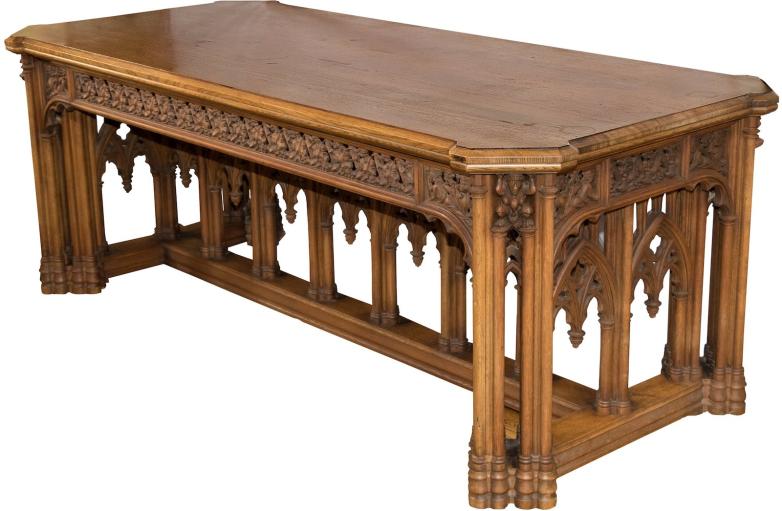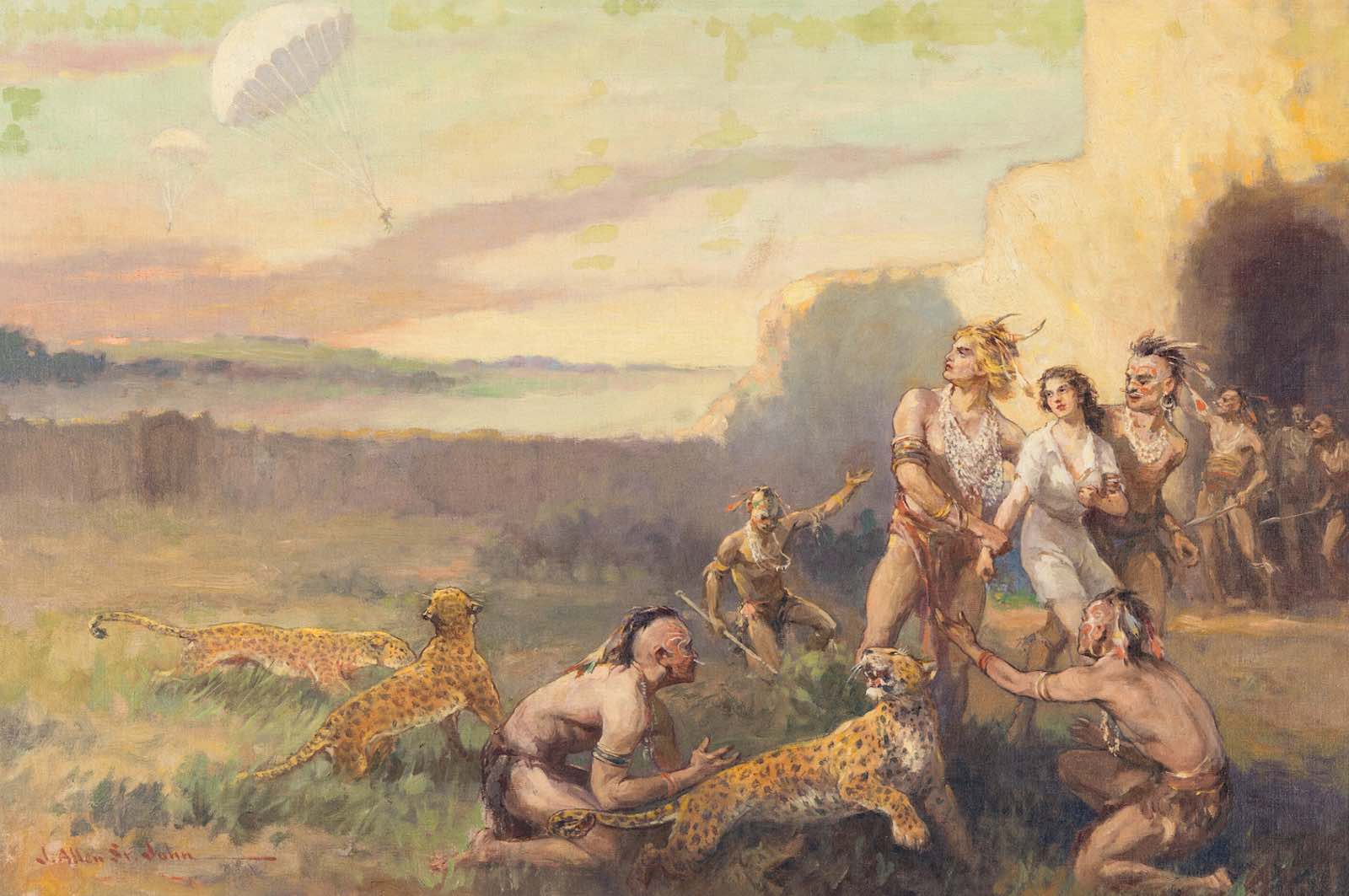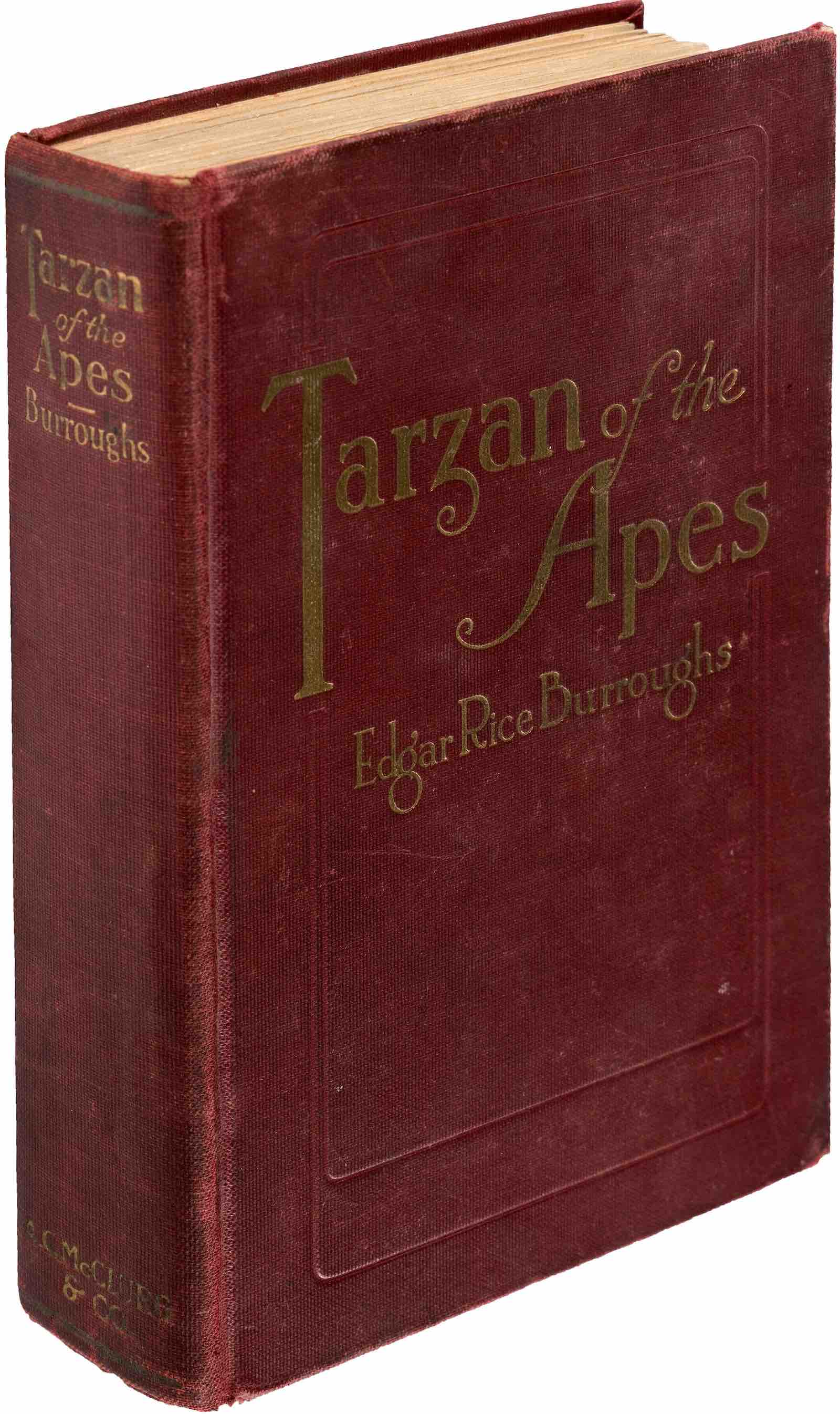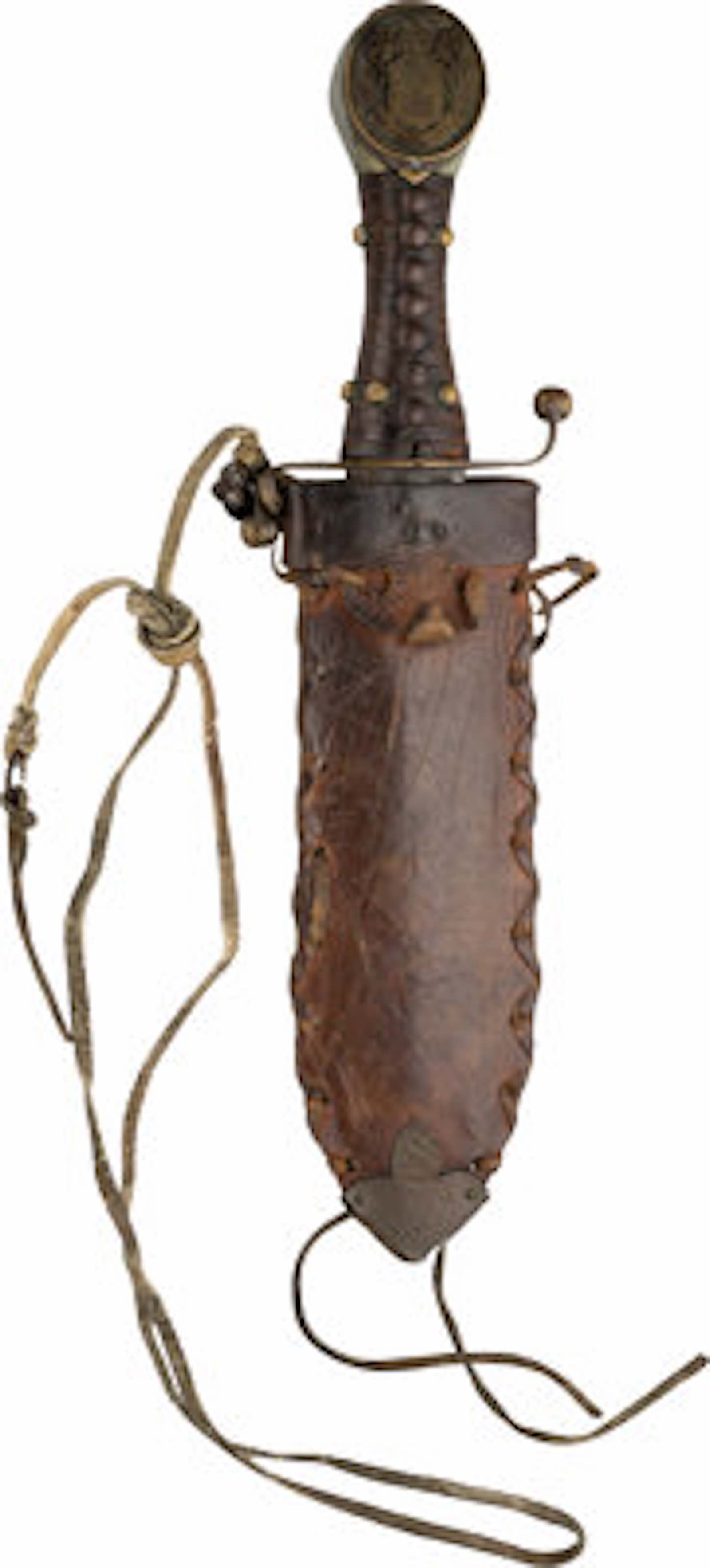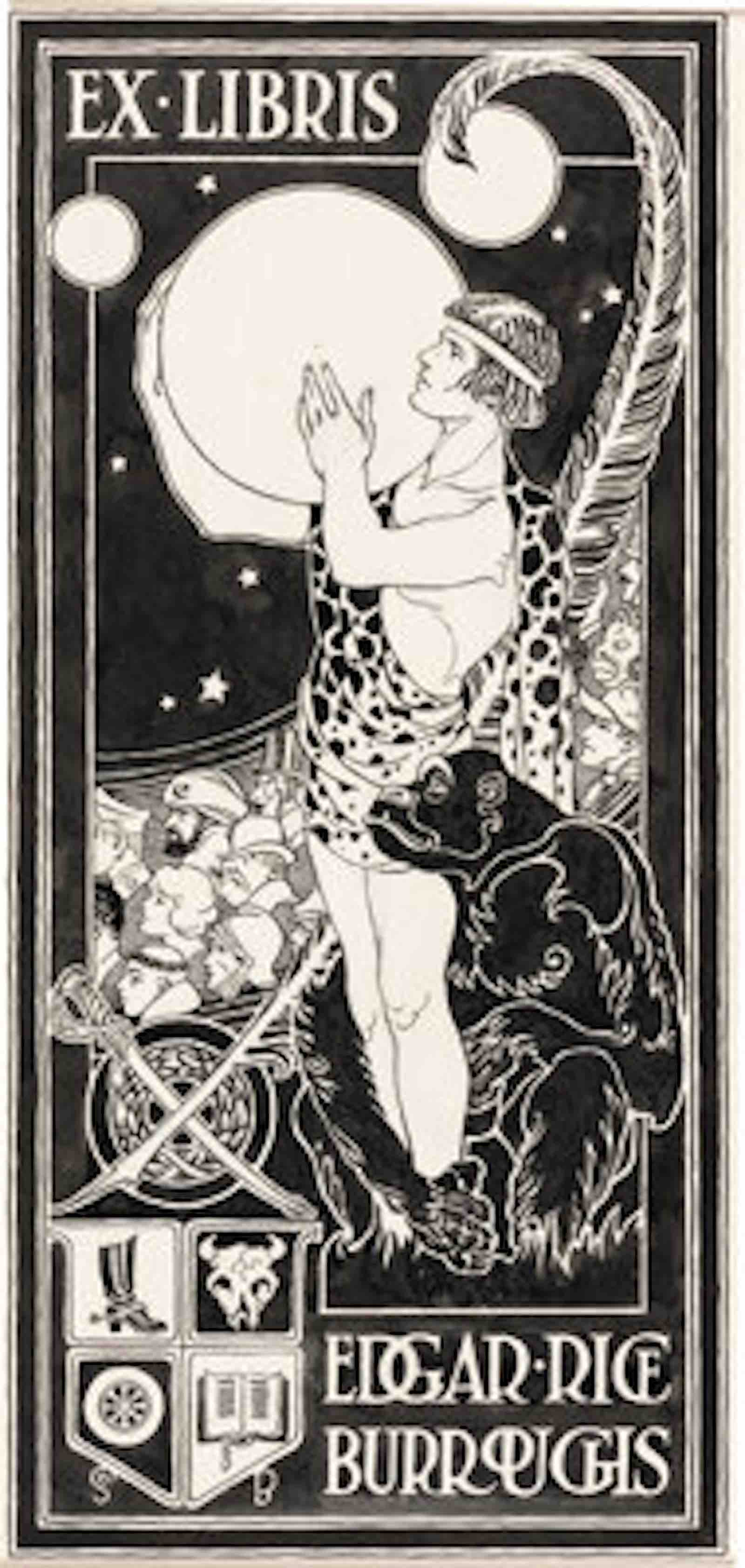St. John, a commercial illustrator who’d moved to storytelling at the turn of the century, began collaborating with Burroughs in 1915 on Tarzan tales. The author wrote in a May 1920 missive to the artist, “I think you visualize the characters and scenes precisely as I did. If I could do the sort of work you do I would not change a line in any of the drawings. ... Each picture reflects the thought and interest and labor that were expended upon it, and so I wish not only to congratulate you but to thank you for helping to make a book which would sell on the strength of the illustrations alone, regardless of the text.”
The Library of Congress holds a letter Edgar wrote to bookplate collector Ruthven Deane on February 4, 1922, in which the author details the elements incorporated into his nephew’s bookplate design.
“The central figure in the bookplate represents Tarzan. He is holding the planet Mars, above which are the two Martian satellites. These because of my Martian series of stories. Grasping his legs is one of the great apes, among which Tarzan was reared. In the background are characters from several of my other stories. The crossed quill and sabre refer respectively to my writing and to my service in the United States Cavalry. These are again referred to in the shield in the spurred boot and the open volume. The steer’s skull in the upper right hand quarter of the shield represents the time I spent in Idaho riding for a cow outfit. In the lower left hand quarter the automobile wheel refers to my love of motoring. Below the shield are my nephew’s initials. My nephew designed this bookplate at my request, but entirely without any suggestions from me. Altogether it seems to me an unusually interesting piece of work.”
The auction also includes more than 80 books inscribed by Burroughs, almost all with significant personal associations. Numerous volumes are inscribed to Burrough’s eldest son Hulbert; a few, to his daughter Joan; almost 50, to John Coleman, including a first edition, first state copy of Tarzan of the Apes from 1914 in which he writes, “To My son John Coleman Burroughs, Long may he wave, with all good good wishes from the head waver, Edgar Rice Burroughs, May [but March] 14, 1950.” Other family recipients include his close friend (and eventual brother-in-law), Eddie Gilbert; his mother-in-law, Maude; and his brothers.
Among the books are 15 titles with original and humorous drawings by Burroughs, all for his sons Hulbert and John Coleman. Among them is a first edition, first printing of 1928’s Tarzan, Lord of the Jungle presented to John, whom Edgar called Jack, in which the man who created the lord of jungle drew himself as an old man walking with a cane.

